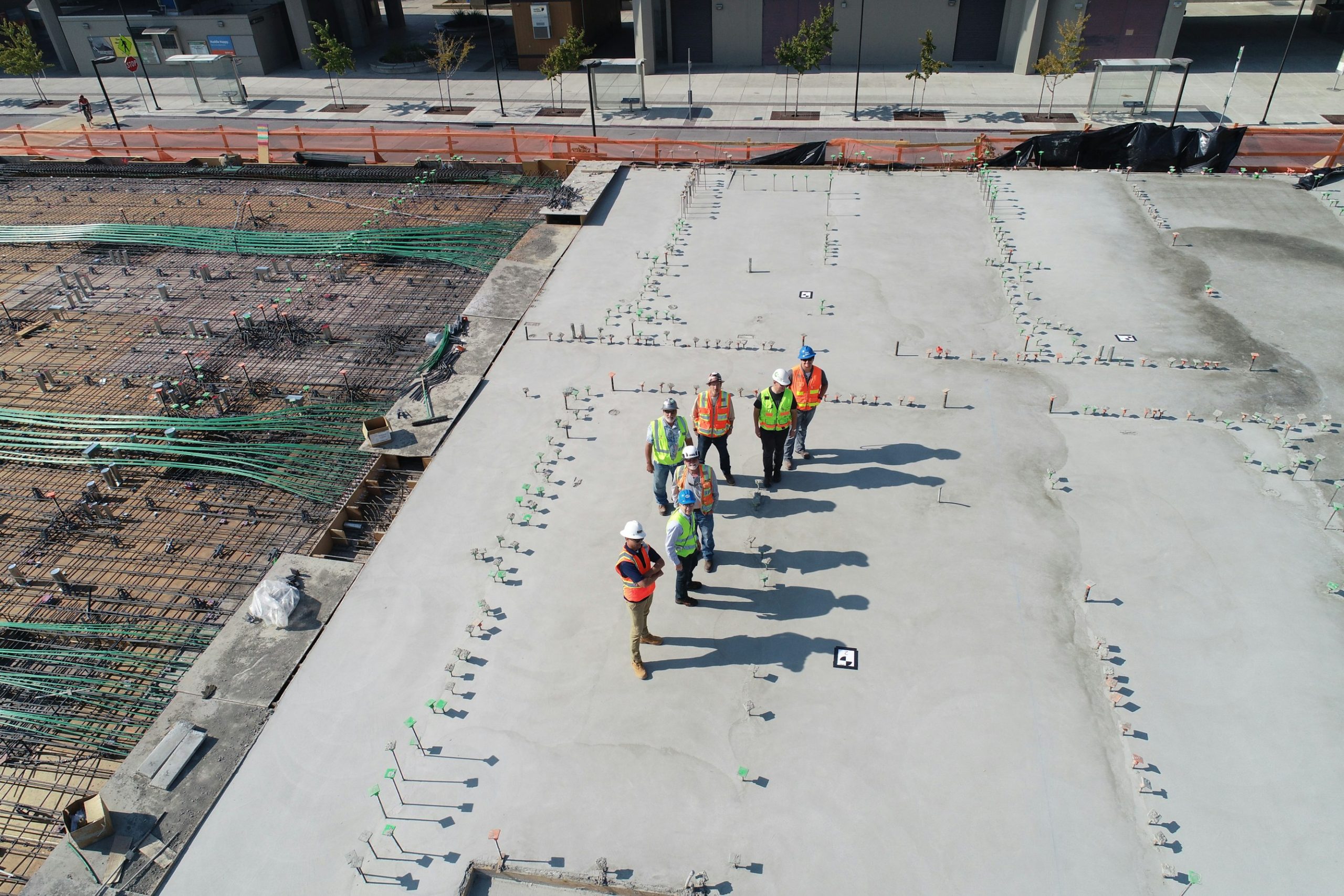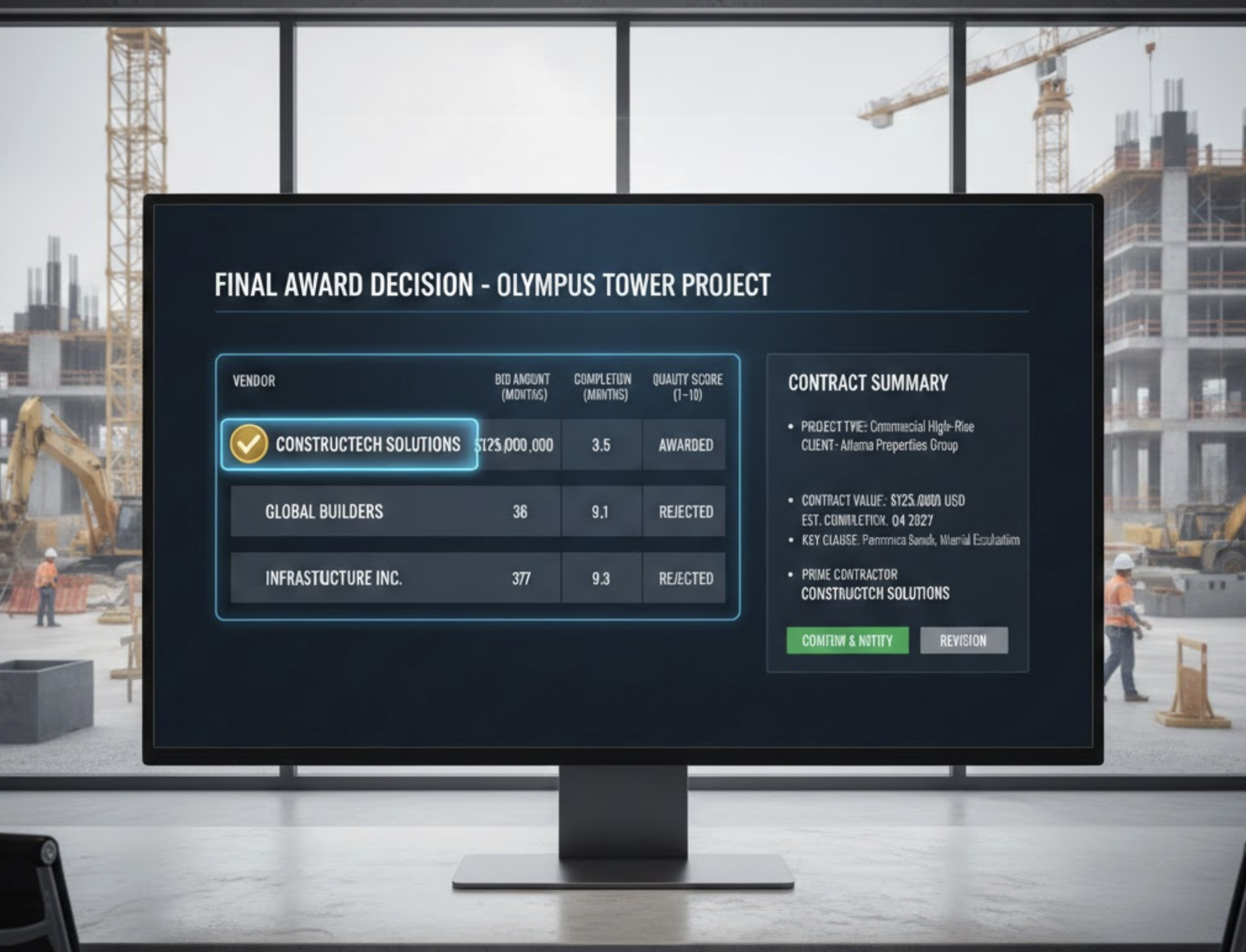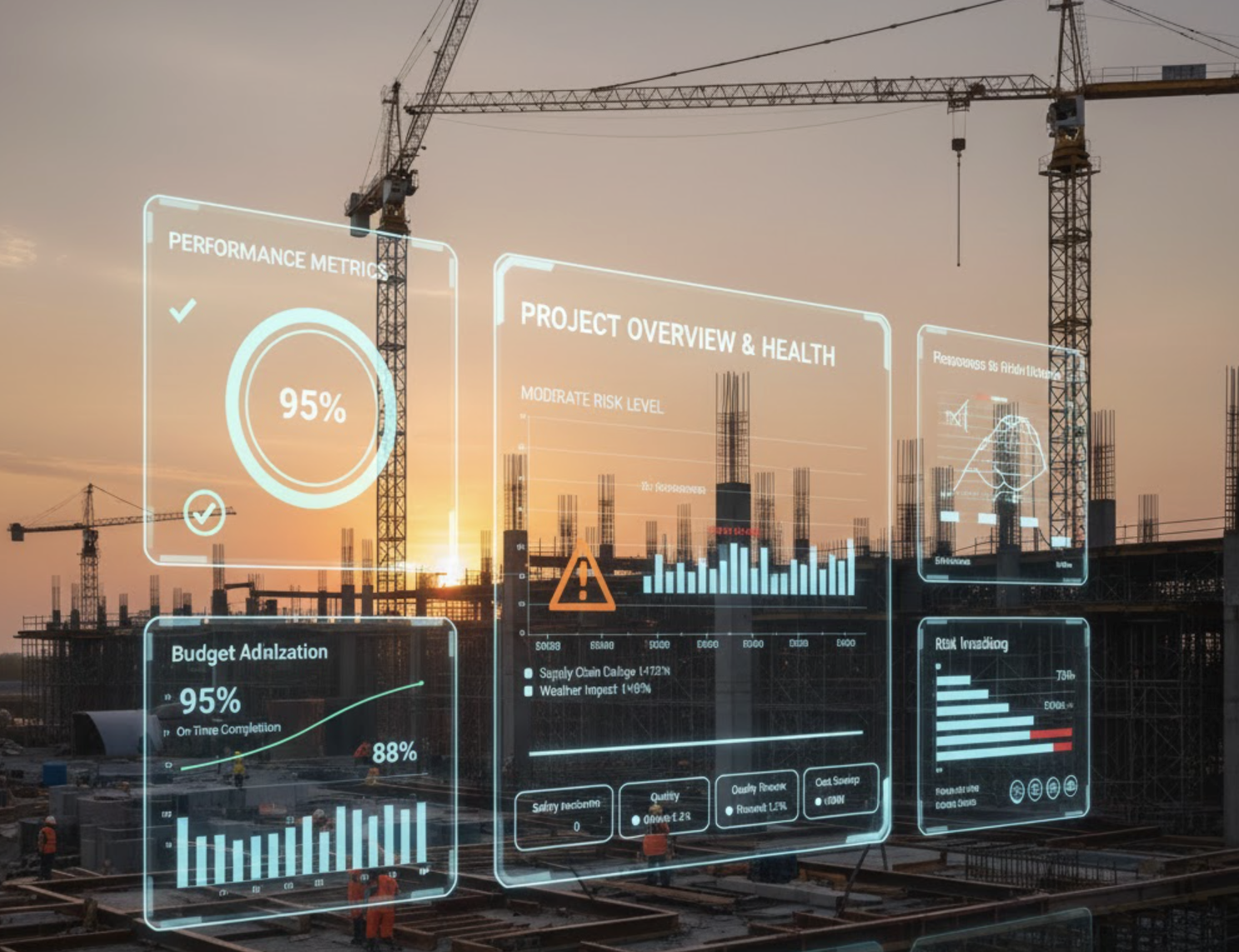Bridging the Gap Between Procurement and Jobsite Logistics
The integration of procurement and jobsite logistics is crucial for the success of construction projects. Efficient coordination between procurement teams and jobsite managers leads to improved resource management, reduced delays, and enhanced project timelines. In this blog post, we will explore the significance of this integration, delve into various phases of procurement, identify the role of technology, outline best practices, and highlight how Zepth can help streamline these processes effectively.
Importance of Integration
Integrating procurement and jobsite logistics offers several key benefits that contribute to the successful delivery of construction projects:
- Efficiency: Streamlined processes minimize unnecessary delays, enhancing overall operational efficiency.
- Project Timeliness: Timely delivery of materials and equipment ensures projects are completed according to schedule.
- Cost Reduction: Reducing delays and misallocations in resources leads to lower overall project costs.
- Increased Productivity: Improved resource management and enhanced communication boost project productivity.
Phases of Construction Procurement
Understanding the different phases of construction procurement is essential for effective integration. Each phase plays a vital role in ensuring that procurement aligns seamlessly with the overall project goals.
Design and Planning
The process begins with the design team reviewing contractor submittals to ensure that all components adhere to contract specifications. This initial phase sets the stage for procurement by aligning it with project expectations, ensuring characterisation of materials and services needed.
Purchase Orders
Contractors issue purchase orders to suppliers, often leveraging trade credit or external financing to manage cash flow. Timely orders are critical for ensuring that the right materials are ordered and accounted for, preventing shortages or overstocking.
Material Delivery
Procurement managers play a key role in tracking the progress of materials and equipment, ensuring deliveries occur on schedule. By managing delivery outcomes effectively, construction timelines and productivity are protected from disruptions.
Role of Technology and Software
Advanced tools and software are integral in bridging the gap between procurement and jobsite logistics. Utilizing effective construction project management software simplifies the intricate task of managing multiple moving parts:
- Construction Project Management Software: Platforms like Zepth provide a comprehensive environment for integrating procurement and logistics, driving improved outcomes by streamlining processes and enhancing communication.
- Procurement Scheduling and Delivery Logistics: Software solutions that combine procurement and delivery workflows are essential. These tools not only ensure materials are approved and ordered on time but also synchronize with construction schedules and submittals.
Best Practices
To effectively integrate procurement and jobsite logistics, consider implementing the following best practices:
- Utilize Integrated Tools: Use software that combines logistics mapping with delivery scheduling to prevent double-booking of offloading locations and equipment.
- Lead Time Monitoring: Provide regular updates on lead times and progress to keep all stakeholders informed and aligned.
- Establish Jobsite Rules: Set up jobsite protocols to pre-screen every request, ensuring compliance and efficiency in material handling.
- Resource Reservation: Reserve the necessary locations and equipment in advance of deliveries to guarantee smooth offloading processes.
Use Cases
Implementing effective procurement and logistics systems results in numerous benefits, seen through various use cases:
- Enhanced Coordination: Advanced tools facilitate coordination of trade deliveries based on predefined contractor rules, minimizing logistical conflicts and ensuring efficient material delivery.
- Improved Communication: Integrated software enhances communication among procurement teams, logistics managers, and stakeholders, reducing misunderstandings and delays.
- Cost Savings: By minimizing delays and misallocations, integrated systems can lead to significant cost savings and improved project profitability.
Emerging Innovations
The construction industry is consistently evolving, and innovative technologies are shaping the future of procurement and logistics:
- Advanced Scheduling Logic: Cutting-edge software employs advanced scheduling logic to sync with construction project management (CPM) schedules, ensuring timely requirements for on-site materials.
- Automated Workflows: Automation of workflows connected to submittals and construction schedules is becoming more common, facilitating efficiency and reducing manual errors.
How Zepth Can Help
Zepth’s construction project management software is designed specifically to bridge the gap between procurement and jobsite logistics by:
- Streamlining Processes: Zepth enhances efficiency by streamlining both procurement and logistics processes, minimizing delays and improving overall operational efficiency.
- Improving Communication: Better communication through Zepth ensures all stakeholders are aligned and informed about project dynamics and material deliveries.
- Enhancing Resource Management: With Zepth, managing resources becomes more effective, ensuring timely delivery and optimal utilization of materials and equipment, thereby boosting project productivity.
For a deeper exploration of how Zepth can facilitate integration between procurement and jobsite logistics, visit Zepth’s Overview.




